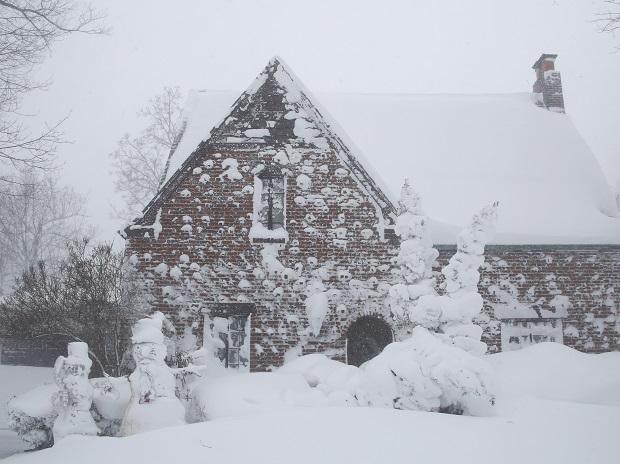With the year approaching its end, the earth is about to witness a remarkable event in its journey around the sun — the winter solstice.
This astronomical phenomenon, which in 2023 will happen on December 21, results in this day being the shortest day and the longest night of the year in the Northern Hemisphere.
The winter solstice isn’t simply a day, however, a unique moment in time when the Earth’s axial tilt is farthest away from the sun. This tilt, at roughly 23.4 degrees, implies that the North Pole is aligned at its maximum distance from the sun, making sunlight spread thinly over the hemisphere and making the shortest way through the sky.
Winter Solstice 2023: Insights
This will prompt minimal measures of daylight and increased cover of darkness that has been noticed and revered by cultures around the world for centuries.
The winter solstice in 2023 marks not only the official beginning of winter, but also an ancient moment of reflection on the cyclical nature of the seasons.
Winter solstice 2023: Date and Time
This year, the winter solstice occurs on December 21 or 22. At 10:27 PM (EST) on December 21, 2023, the winter solstice will happen. The winter solstice will be seen in India on December 22 at 8:57 AM. In the Northern Hemisphere, the day will be the shortest of the year, lasting about 7 hours and 14 minutes.
Then, on December 22, the axis that is farthest from the sun will be chosen for Earth. This shows that contrasted with the summer solstice, the winter solstice’s day is 8 hours, 49 minutes shorter.
Winter Solstice: Overview
This celestial event has profound cultural importance across different societies. Ancient structures like Stonehenge in England and temple pyramids in Cahokia, Illinois, line up with the solstice sun, demonstrating the significance of this day to our ancestors.
In current times, the solstice is still celebrated in various ways, from the lighting of candles to imply the arrival of light to celebrations that honor the sun’s “rebirth.”
The purpose behind the increased darkness on this day lies in the Earth’s tilt. Throughout the winter solstice, the Northern Hemisphere turns from the sun, resulting in the sun’s rays striking the hemisphere at an oblique point.
This results in longer shadows and shorter days, and the longest night of the year. During the summer solstice, the same hemisphere experiences the longest daytime hours.
First Published: Dec 21 2023 | 4:03 PM IST
Note:- (Not all news on the site expresses the point of view of the site, but we transmit this news automatically and translate it through programmatic technology on the site and not from a human editor. The content is auto-generated from a syndicated feed.))



